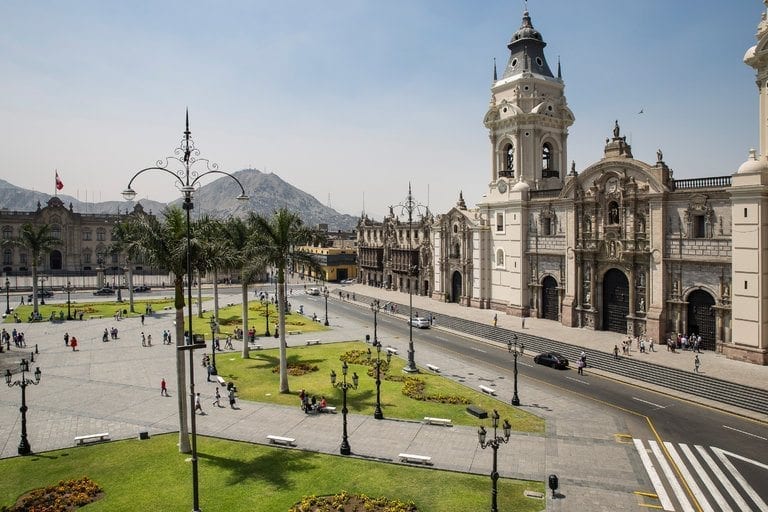Transportation routes and connections between countries, nations, provinces, kingdoms, or territories are the gateways to commerce and exchange—just as vital for a nation’s growth as they are for its survival over time.
Throughout history, these land and air corridors have shaped the destinies of empires, viceroyalties, and emerging nations.
The construction of transport infrastructure has often been a symbol of a nation’s level of development and its significance in the regional landscape—something that remains true today.
The topography of certain countries, while a natural and patriotic element for their citizens, often presents enormous challenges to building physical connections with neighboring nations—or, at times, can be used to their advantage.
There’s no doubt that Peru’s Andean geography is rugged, high-altitude, and treacherous. Its jagged peaks and sharp elevation changes pose serious challenges to cross-border infrastructure. But for the ancient pre-Hispanic civilizations of the Andes, this terrain was never a barrier—it was a puzzle to solve.
One of their enduring creations has now been revived as a regional tourism route: the Qhapaq Ñan project, a network of ancient trails that will connect Ecuador, Peru, and Bolivia, as confirmed on Thursday, March 9 by Wilma Alanoca, Bolivia’s Minister of Cultures and Tourism.
This network is far more than a simple cross-border path—it is a full-fledged tourism circuit that will directly benefit 15 communities in Bolivia’s highlands, including:
Desaguadero, Guaqui, Tiawanacu, Laja, Viacha, Pucarani, Escoma, Ancoraymes, Achacachi, Puerto Carabuco, Batallas, Puerto Acosta, Huarina, Palca, and Yanacachi, according to the minister.
The initiative is divided into three major routes, aimed at enhancing local capacities to promote cultural, community-based, and sustainable tourism, with a rural development budget of $1.257 million USD.
Minister Alanoca emphasized that the program builds on efforts from previous administrations, and that its importance lies in reinforcing the regional alliances between these three brother nations.
This ambitious initiative will not be funded solely by the Peruvian government. In fact:
79% of the total budget comes from Italian cooperation agencies
6.74% is covered by the United Nations Development Programme (UNDP)
The remaining share is divided equally among the three countries—Peru, Bolivia, and Ecuador.
“Tourism is not just part of our tangible and intangible heritage; it is also a source of employment and income that will improve the lives of our people in the provinces,” emphasized Minister Alanoca.
The announcement was made jointly with Antonela Scarmesia, lead coordinator of Italian cooperation and the project’s main executor, as well as Mauricio Ramírez, UNDP’s resident representative in Bolivia.
There’s no doubt that such regional tourism projects must continue to be fostered, encouraging stronger alliances, negotiations, and long-term cooperation. After all, in unity there is strength—and in tourism, there is beauty.



